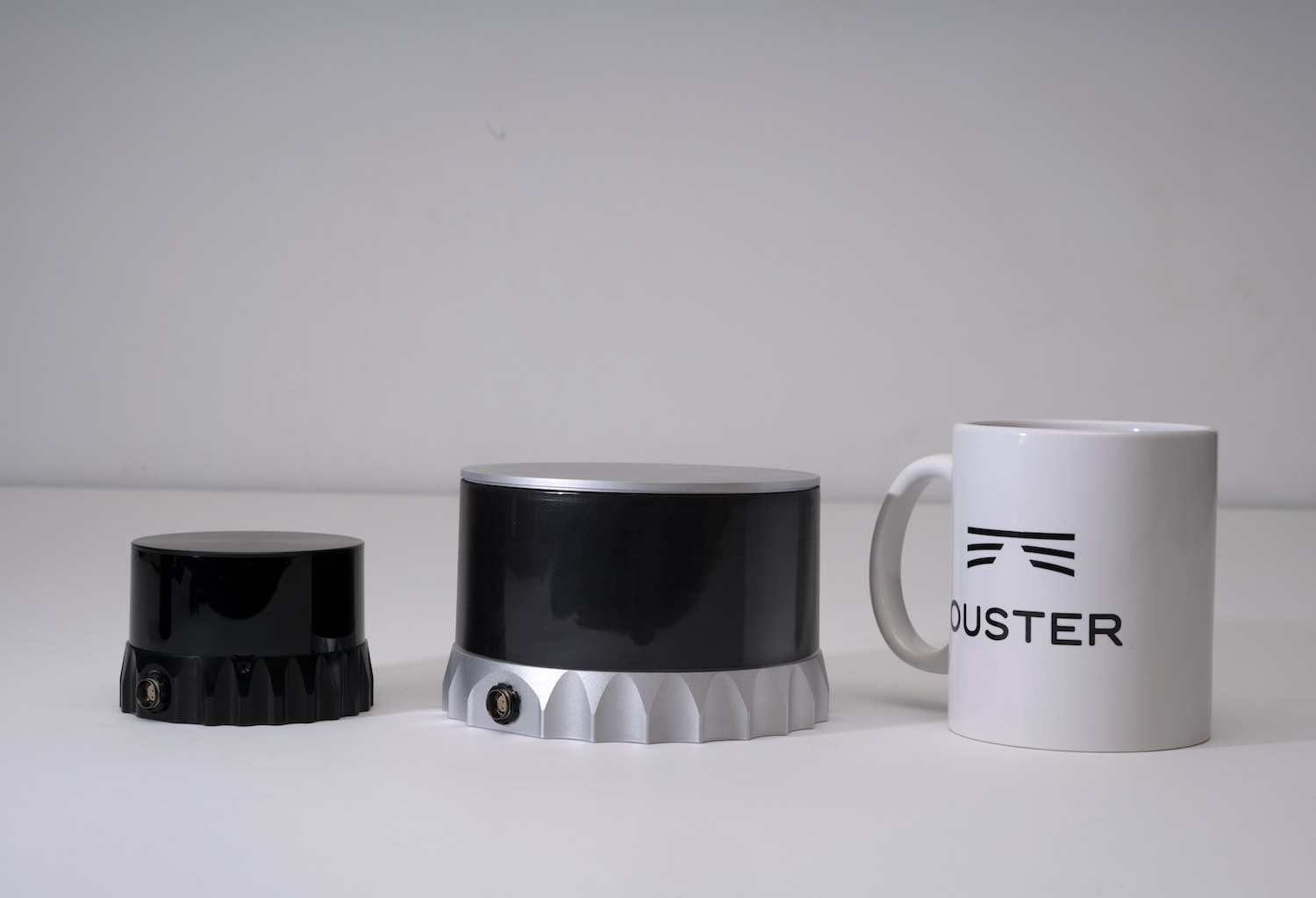SAN FRANCISCO, Nov. 8, 2018 /PRNewswire/ -- Ouster, a manufacturer of high-resolution lidar sensors, unveiled for the first time today details of its underlying technology, revealing a departure from niche and high-cost materials that are commonly used in the lidar industry. Several fundamental breakthroughs covered by recently granted patents have enabled Ouster's move toward state-of-the art, high volume, silicon-based sensors and lasers that operate in a near-infrared light spectrum.
Ouster's new approach to lidar is speeding the deployment of technology ranging from autonomous vehicles, to large-scale mobile robotics, to long-range mapping drones. The new category, called multi-beam flash lidar, carries significant advantages over traditional approaches:
True solid state - Ouster's core technology is a two chip (one monolithic laser array, one monolithic receiver ASIC) solid state lidar core, which is integrated in our mechanically scanning product lines (the OS-1 and OS-2) and will be configured as a standalone device in a future solid state product. Unlike competing solid state technologies, Ouster's two chip lidar core contains no moving parts on the macro or micro scale while retaining the performance advantages of scanning systems through its multi-beam flash lidar technology.
Lower cost at higher resolution - Ouster's OS-1 64 sensor costs nearly 85% less than competing sensors, making it the most economical sensor on the market. In an industry first, Ouster has decoupled cost from increases in resolution by placing all critical functionality on scalable semiconductor dies.
Simplified architecture - Ouster's multi-beam flash lidar sensor contains a vastly simpler architecture than other systems. The OS-1 64 contains just two custom semiconductor chips capable of firing lasers and sensing the light that reflects back to the sensor. This approach replaces the thousands of discrete, delicately positioned components in a traditional lidar with just two.
Smaller size and weight - Because of the sensor's simpler architecture, Ouster's devices are significantly smaller, lighter weight and more power efficient, making them a perfect fit for unmanned aerial vehicles (UAVs), handheld and backpack-based mapping applications, and small robotic platforms. With lower power and more resolution, drone and handheld systems can run longer and scan faster for significant increases in system productivity.
In an article on the company's website, CEO Angus Pacala wrote, "I'm excited to announce that Ouster has been granted foundational patents for our unique multi-beam flash lidar technology which allows me to talk more openly about the incredible technology we've developed over the last three years and why we're going to lead the market with a portfolio of low-cost, compact, semiconductor-based lidar sensors in both scanning and solid state configurations."
For details on Ouster technology, visit www.ouster.io












